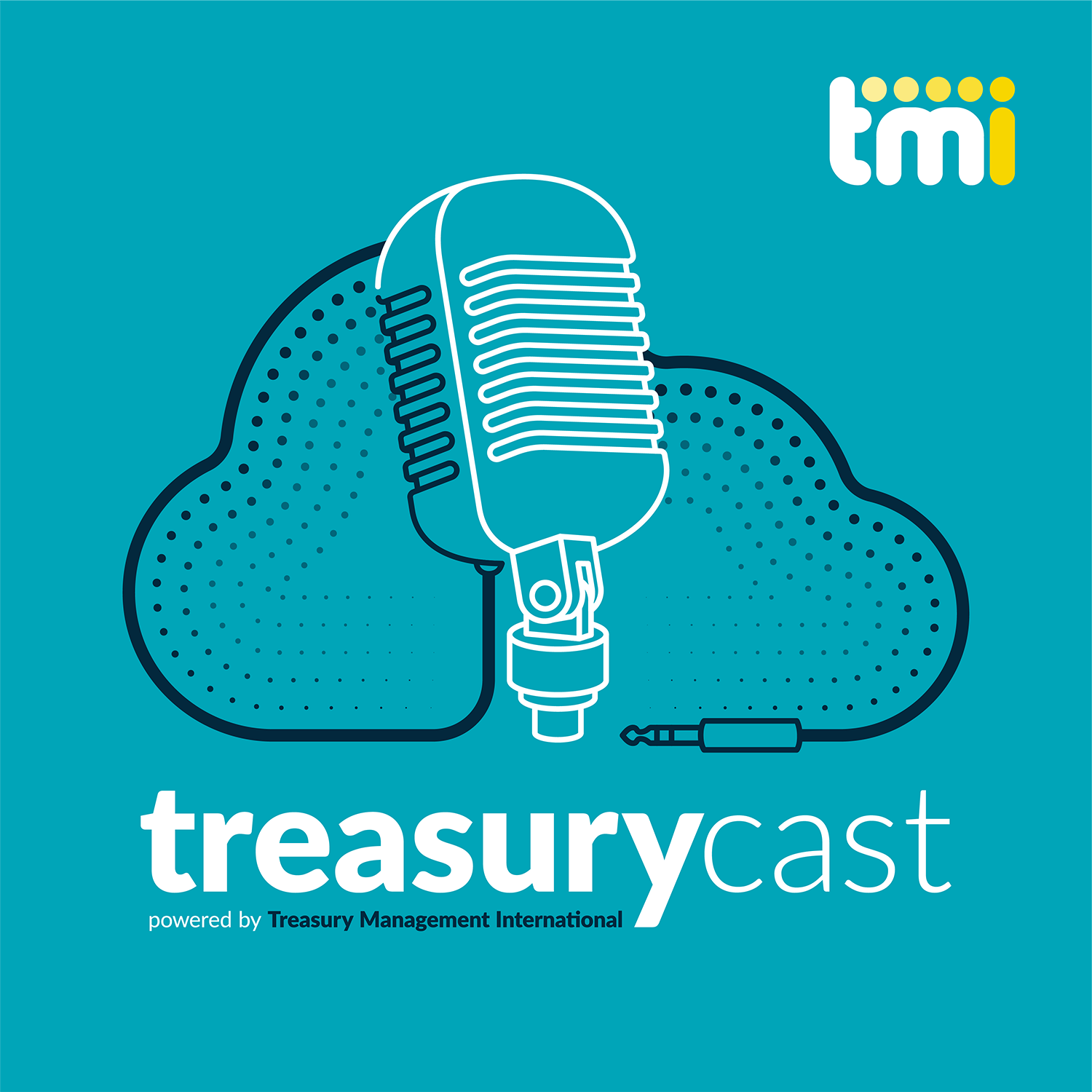A new report from HSBC Global Research outlines the following:
- Trade between China and ASEAN reached USD358bn in 2013, up from only USD37bn in 2000
- Rising levels of investment in both directions represent the next phase in the relationship
- This benefits a number of sectors – especially banking, manufacturing and real estate – and is also having an impact on how equities behave across the region
Key numbers
– ASEAN combined would be the seventh largest economy and the third most populous country globally, with a combined GDP of USD2.4trn in 2013 and a population of 600m.
– Since 2002, the tariffs for more than 90% of the goods in the ASEAN-China Free Trade Area have been reduced to close to zero.
– About 12% of ASEAN’s exports went to China in 2013, up from 6.5% in 2003; more than 16% of ASEAN’s imported goods came from China in 2013, up from less than 8.5% in 2003.
– China has been ASEAN’s largest trading partner since 2009, while ASEAN has been China’s third largest trading partner since 2010.
– Bilateral trade between China and ASEAN surpassed USD358bn in 2013, up from only USD37bn in 2000.
– Around 25% of China’s coal imports originate from Indonesia, more than from any other country.
– Annual growth of cumulative FDI from China to ASEAN averaged 54% over 2003-12. The numbers for Singapore, Laos and Myanmar were 62%, 81% and 89%, respectively.
– ADB’s Regional Investment Framework in the Greater Mekong Subregion has about USD51.5bn of projects in its pipeline.
– China’s Exim Bank has lent more money than the World Bank to developing countries. It has provided credit support to build or renovate 24 highways, 3 railways, 1 port, 3 airports and 9 bridges in the Mekong region and ASEAN.
– China has proposed setting up an Asia Infrastructure Fund, resembling the ADB in form and function, with up to USD100bn in start-up capital.
– Investments are led by Chinese state-owned enterprises (SOEs), at more than 80% of flows so far.
– China Railway Group (CRG) is planning a USD9.6bn project which could be the largest ever FDI in Cambodia. CRG’s USD4.8bn Indonesia coal railway project is the largest single Chinese FDI initiative in ASEAN.
– Chinese investment group Bright Ruby set a record for a private-sector property transaction in Singapore by purchasing Park Hotel Group for USD1.2bn in 2013.
– Thailand’s Charoen Pokphand (CP), one of China’s first foreign investors, now has more than 200 subsidiaries in food processing, retailing, and other businesses.
– ICBC Singapore branch has opened accounts for several central banks in the region to facilitate depositing RMB converted from US dollar reserves.
– RMB60bn in foreign exchange trading and RMB150bn in cross-border RMB settlements were conducted with ICBC Singapore Branch in 2013.
The report was written by Herald van der Linde, Head of Equity Strategy, Asia-Pacific, Trinh Nguyen, Asian Economist and Qu Hongbin, Co-Head of Asian Economic Research 經濟研究亞太區聯席主管 屈宏斌.





